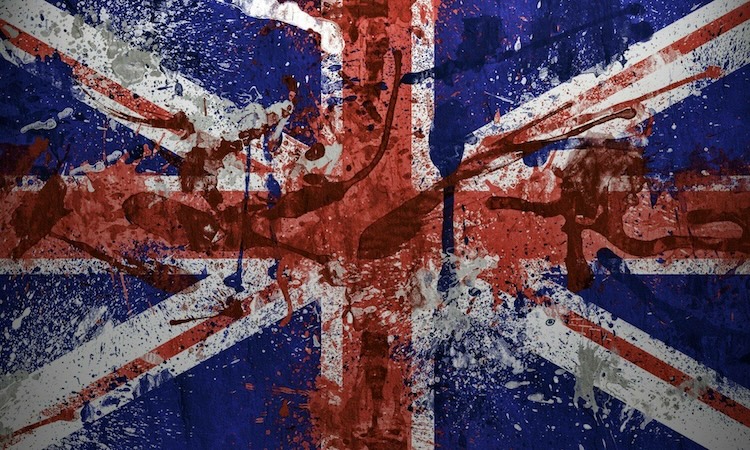In this episode of our series of talks between Caleb Maupin and Harpal Brar, Joti Brar leads the comrades in a discussion on the origins of the DPRK. The conversation begins with the Sino-Japanese war and the period when imperialist Japan set its sights on the fertile lands of the Korean peninsula.
People often forget that, before the Chinese Revolution and even before both world wars, Japan was the dominant imperialist power in the east. Its colonisation of Asian countries was brutally oppressive, and no one suffered more under its yoke than the Korean working class and peasantry.
Following Japan’s defeat and surrender in 1945 at the end of the second world war, Korea was divided along the 38th parallel, creating the northern and southern states we see today. The Soviet Union took responsibility for facilitating decolonisation and reconstruction in the north, while the United States occupied the south.
As had been agreed, the Soviets withdrew three years later, having equipped the DPRK with the means to maintain its sovereignty. The United States, on the other hand, never left – and its presence as a colonial occupier and superexploiter continues to this day.
This conversation was recorded on 22 February 2023.















